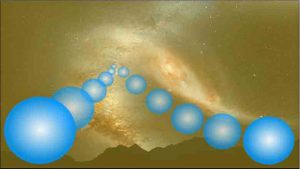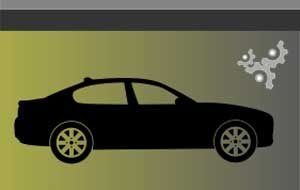November 12
424.04 ppm
Global average
Full year 2021
Total 14212.2 Mtoe
Fossil 11693.2 Mtoe
Renewables 1914.5 Mtoe
Until now 2024
Why is energy knowledge important?
A lot of the public debate is centred around energy, energy availability, energy efficiency and the consequences of using energy.
Since this is a global debate, signified by many different agendas and preferences it is not always easy to take a stand on all the matters concerned.
Read more about energy knowledge and the enrgy debate here: Engage in the energy debate.
Introduction
 Laws of energy preservation, thermodynamics and basic concepts of work and energy. Read more
Laws of energy preservation, thermodynamics and basic concepts of work and energy. Read more
- Energy is the capacity or ability to do work.
- Work is moving something against a force.
- Work is done when a force applied to an object causes the object to move.
E=mc^2
Probably the most famous equation ever formulated.
It was formulated by Albert Einstein and describes the mass equivalent theory or the relationship between energy and mass.
Mass equivalent theory and rest energy Read more
Forms of energy
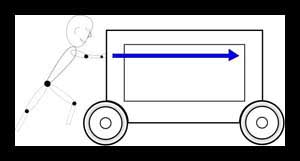 There are two basic forms of energy, kinetic energy and potential energy.
There are two basic forms of energy, kinetic energy and potential energy.
The other forms of energy represent various combinations and variations of the two basic forms of energy.
- Kinetic energy
- Potential energy
- Thermal energy
- Chemical energy
- Electrical energy
- Electrochemical energy
- Electromagnetic energy
- Sound energy
- Nuclear energy
The terms “kinetic” and “potential” energy are often used to describe the macro version of the two forms of energy.
For example, an object in motion possesses kinetic energy and an object located at an elevated location possesses potential energy. The other forms of energy usually describe combinations or variations of kinetic and potential energy on a micro level.
A hot pot of water posess thermal energy which is the combined micro kinetic and potential energy represented by the motion (or vibration) of the water molecules and the gravitational forces between the molecules.
Energy sources
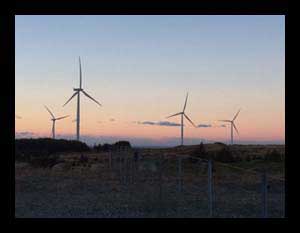 The terms “energy source” and “energy carrier” are often mixed.
The terms “energy source” and “energy carrier” are often mixed.
Normally a primary energy source is described as a source of energy found in nature, which has not been subject to conversion or transformation.
Examples of primary energy sources are: wind (wind energy), the sun (solar energy) and crude oil.
In most cases it is necessary to convert or transform the primary energy into other forms of energy or energy carriers such that it may be utilised for various practical purposes.
Find out more about:
- Primary energy carriers
- Energy storage
- The Sun (the most important source of energy for life on Earth)
Energy generation and production
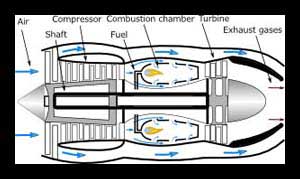 To enable utilisation of energy for practical purposes it is necessary to convert the primary energy into other forms of energy or energy carriers that may be transformed into useable energy.
To enable utilisation of energy for practical purposes it is necessary to convert the primary energy into other forms of energy or energy carriers that may be transformed into useable energy.
This could be transforming the potential energy of water into electricity, the chemical energy of fossil fuels into heat and mechanical energy, the wind energy into electricity or the energy from the sun into heat or directly into electrical energy.
This transformation, which is done by use of machines or other devices, is what we usually call energy generation.
Learn about:
- Energy generation – electrical energy
- Electromagnetic generator
- Water – Hydro turbines
- Wind turbines – Wind power
- Wave turbines – Wave power
- Tidal turbines – Tidal energy
- Gas turbines
- Other internal combustion engines
- Steam turbine
- Sterling engine
- Photovoltaic energy generation
- Electrochemical batteries
- Fuel cells
Energy distribution and utilization

Electricity is usually distributed regionally, nation wide and even cross borders through grids and networks connected by a large number of transformers and power lines.
The distribution system is the final stage in the delivery of electric power; it carries electricity from the transmission system to individual consumers. Distribution substations are connected to the transmission system to lower the transmission voltage with the use of transformers.
A considerable amount of energy is lost through the transmission system between the power plants and the consumers.
In a transmission and distribution grid, such as a national distribution grid the losses are in the range of 5% – 10% of the power generated.
- Energy transmission – Electrical energy
- Energy distribution – Electrical energy
- Energy utilization – Electrical energy
- Heat pump
Oil and gas – Fossil fuel
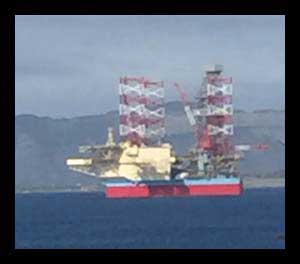
Oil and gas represents 57% of the total global energy consumption while all fossil fuels represents 86% (2016).
Renewables including hydroelectric power counts for around 10% (2016). However renewables are the fastest growing fuel source representing more than 40% of the current growth in energy generation.
(Source BP Statistical review of world energy 2017)
The main chemical components of fossil fuels such as oil and gas are hydrocarbons.
Hydrocarbons belong to a group of chemical substance composed only by Carbon and Hydrogen atoms.
The formation of fossil oil and gas is a continuous process taking millions of years from sedimetaion to the development of hydrocarbons.
Due to the time span from sedimentation to hydrocarbon generation, fossil oil and gas normally is regarded as a non-renewable resource.
The most common forms of fossil fuels extracted are: Coal, oil and natural gas.
These raw forms of fossil fuels are treated or refined to become suitable for distribution and for specific areas of use. They are traded as products such as: Gasoline, diesel, kerosene, fuel oil, liquid petroleum gas (LPG) and liquefied natural gas (LNG).
Learn about
- Hydrocarbon definition and formula
- Oil and gas generation
- Oil and gas exploration and production
- Oil and gas drilling
- Drilling equipment
- Drilling operations
- Well completion
- Oil and gas production
- Production facilities
- Enhanced oil and gas production
- Oil refining and distribution
- Gas treatment
- Oil and gas storage and transportation
- Oil and gas distribution
- Oil and gas use
Alternative fuels
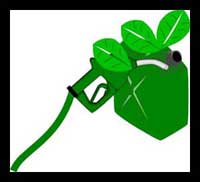
Alternative fuels are often known as non-convetional fules, different by composition, source or production method from fossil fuels or other tradional forms of fuel.
Biofuel is one category of alternative fuels.
The most common definition of “biofuel” is; a fuel that is produced or derived from biological matter, from recently living plants or organisms, different from the geological processes of forming fossil fuels from prehistoric biological matter.
Combustion of biofuels emits CO2 and depending on the fuel and the use, may also emit other harmful substances such as carbon particulates, carbon monoxide and NOx (various nitrous gases).
However biofuels are considered less harmful to the environment than the traditional fossil fuels since the emission of greenhouse gases from biofuels is not seen as increasing the net amount of greenhouse gases in the atmosphere.
The reason for this is that the biofuels are produced from renewable sources that take part in the short term, continuous carbon cycle. Also the emissions of carbon particulates, carbon monoxide, NOx and sulphur compounds in many cases are reduced or can be reduced compared to burning fossil fuels. Read more
Learn about:
- Biofuel
- Biomass
- Bio-oil
- Biodiesel
- Green – Renewable diesel
- Biogas
- Synthetic diesel
- Cleaning and drying
- Gas to liquid (GTL)
- Biomass to liquid (BTL)
- Fischer-Tropsch Synthesis (FTS)
- Ethanol
- Methanol
- Hydrogen
Substance turnover
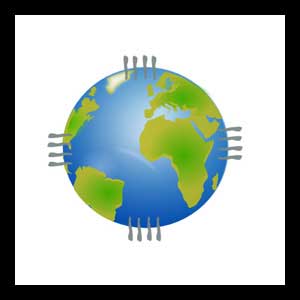
Substance turnover or biogeochemical cycles describe how matter is recycled, or in other words how it moves within the biosphere between living and nonliving forms at various locations..
Meaning that the atoms constituring any matter or for that sake our bodies are not new but are recycled through the biogeochemical cycles from other matter.
This is different from how energy continuously is transformed and flows through the ecosystems and partly is dissipated as non recoverable heat.
In Earth science there are various biogeochemical cycles, some of them are;
Carbon cycle, nitrogen cycle, oxygen cycle, phosphorus cycle, sulfur cycle, and water cycle.
We focus on the carbon cycle, the water cycle and the nitrogen cycle since we believe those are the most relevant in energy matters.
Other resources
- Tables
- Charts
- Formulas
- Calculators
- Converters
- Glossary
- Featured topics

